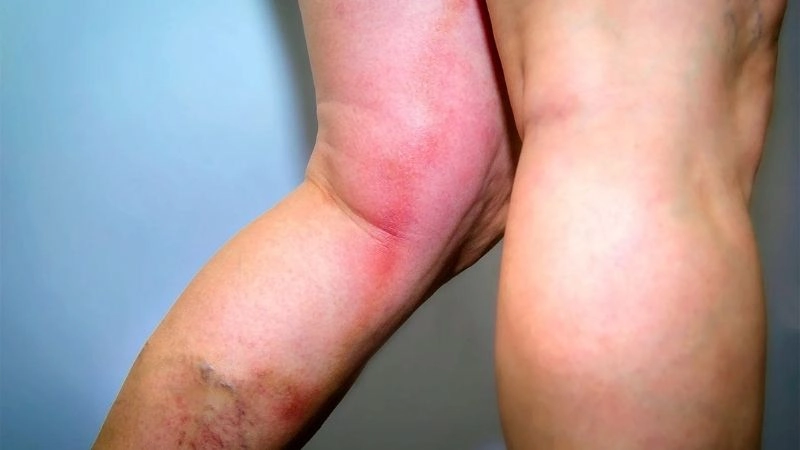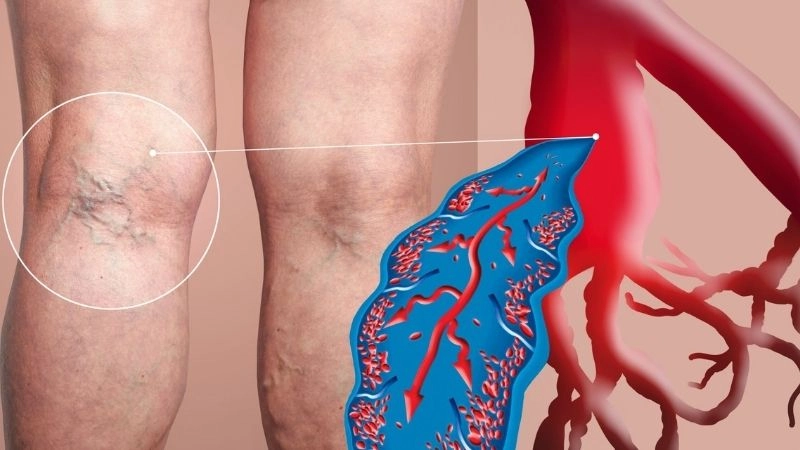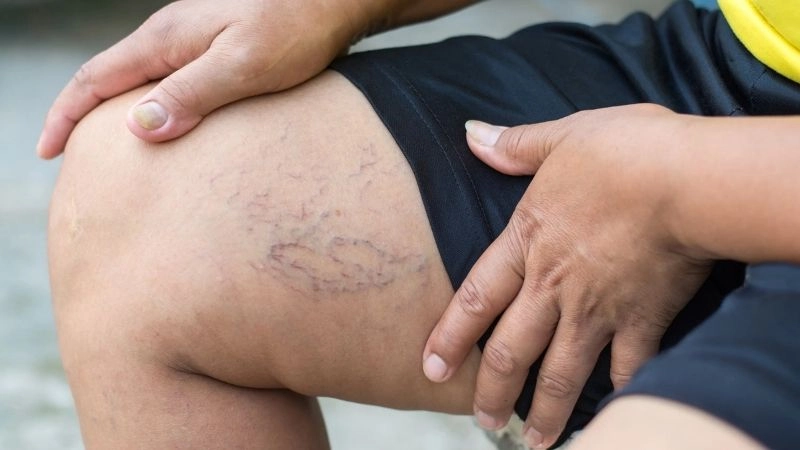Deep Vein Thrombosis (DVT) is a dangerous condition caused by blood clots in deep veins. Knowing its risks, symptoms, and treatment is vital for health.
What are the main causes of Deep Vein Thrombosis?
- Prolonged immobility, such as long flights or bed rest, slows blood flow and increases clot formation in the deep veins of the legs.
- Surgery or injury to veins damages blood vessels, creating favorable conditions for blood clots to develop and block circulation.
- Medical conditions like cancer, obesity, and heart disease elevate clotting risk by altering blood flow and vascular health.

Deep Vein Thrombosis as a dangerous blood clot
>>> See more: Aortic dissection causes symptoms and risk factors
Key symptoms of Deep Vein Thrombosis (DVT) to watch for
- Swelling in one leg, particularly in the calf, often accompanied by tenderness or discomfort during walking or standing.
- Pain or cramping in the leg that worsens over time, sometimes mistaken for a muscle injury but linked to impaired circulation.
- Redness or warmth over the affected vein, signaling inflammation and possible clot presence in deep venous structures.
How can you prevent Deep Vein Thrombosis effectively?
- Stay active by walking or stretching regularly, especially during long travel or after extended periods of sitting or lying down.
- Maintain hydration throughout the day, as dehydration thickens blood and makes clot formation more likely.
- Use compression stockings if recommended, which improve circulation in the legs and reduce pooling of blood in deep veins.

DVT symptoms that should never be ignored
>>> See more: Understanding aortitis signs and management options
Images visual examples of Deep Vein Thrombosis
Deep Vein Thrombosis (DVT) is a condition where blood clots form in deep veins, usually in the legs, causing swelling, pain, and serious circulation risks.








>>> See more: Pulmonary embolism health risks and prevention methods
Deep Vein Thrombosis (DVT) requires early recognition and medical care. Timely action prevents severe complications and safeguards your long term health.





